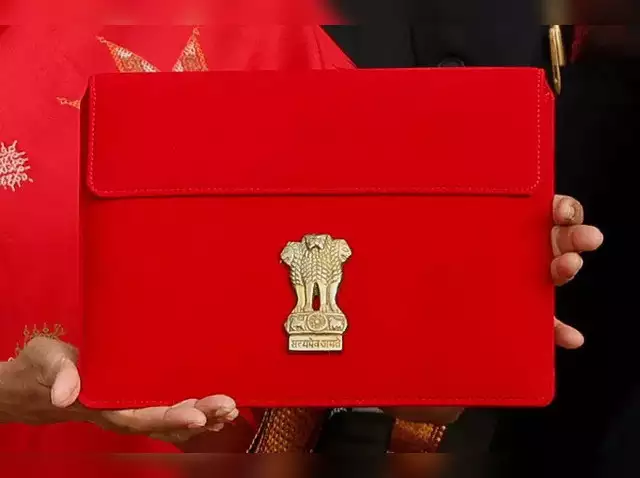Budget 2024: Many such words or terms are heard in the budget, the meaning of which many people do not know. These include terms like fiscal deficit, disinvestment, gender budget, capital gains tax. Knowing their meaning makes it easier to understand the Finance Minister’s budget speech. All other documents including the budget speech are uploaded on www.indiabudget.gov.in after the Finance Minister presents the budget.
Budget 2024 : Finance Minister Nirmala Sitharaman will present the Union Budget in the Lok Sabha on February 1, 2024 . People will have a close eye on this budget. However, this will be an interim budget. The new government that will be formed after the Lok Sabha elections in 2024 will present a full budget. Many such words or terms are heard in the budget, the meaning of which many people do not know. These include terms like fiscal deficit, disinvestment, gender budget, capital gains tax. Knowing their meaning makes it easier to understand the Finance Minister’s budget speech. All other documents including the budget speech are uploaded on www.indiabudget.gov.in after the Finance Minister presents the budget. Let us know which are the most important documents of the Union Budget and how their meaning can be easily understood.
Budget Speech
The budget speech of the Finance Minister is a small part of the budget document. But this is the most important part. The speech can be divided into two parts. The first part contains the Finance Minister’s expectations for the next financial year and the direction of the reforms. It includes schemes related to farmers, rural areas, health, education, small and large business, service sector, women, startups, banks, financial services, capital markets, infrastructure. The Finance Minister also announces several targets related to the economy for the next financial year. Like target of disinvestment and target of fixed deficit. She also tells how much money the government will raise from the bond market. It means how much money the government will borrow in the next financial year.
The second part of the budget speech contains announcements related to direct and indirect taxes. These include changes related to income tax slab, corporate tax, capital gains tax etc. Changes related to GST are not included in this, because such decisions are taken by the GST Council after the implementation of GST on July 1, 2017. The second part of the budget speech is followed by the Annex. It contains information about the expenditure on different schemes and the expenditure of ministries. It also contains information about tax revenue and non-tax revenue as well as borrowing programs of the government.
A look at the budget
This includes the targets set for the next financial year. Such as tax revenue, non-tax revenue, capital expenditure and administrative expenditure of the government. This also includes the target of fiscal deficit. Apart from this, GDP growth for the next year is also estimated. There is information on estimated expenditure on fuel, fertilizers and food subsidies. There is information about two types of schemes. The entire expenditure of Central Government schemes is borne by the Central Government. There are some schemes, the expenses of which are jointly borne by the Central and State governments.
Revenue and Expenditure
These two documents contain information about different sources of revenue. Expenditure heads are also mentioned. The revenue budget is divided into several parts. These include Income Tax, Corporate Tax, GST, Excise Duty etc. Non-tax sources include disinvestment, privatization, telecom and other revenues. In the expenditure budget, there is a break-up of expenditure according to each ministry. Here one can get information about how much the government is going to spend on something. These include Defense Acquisition, MNREGA, PM Kisan Samman Nidhi, Primary Education, Healthcare etc.


